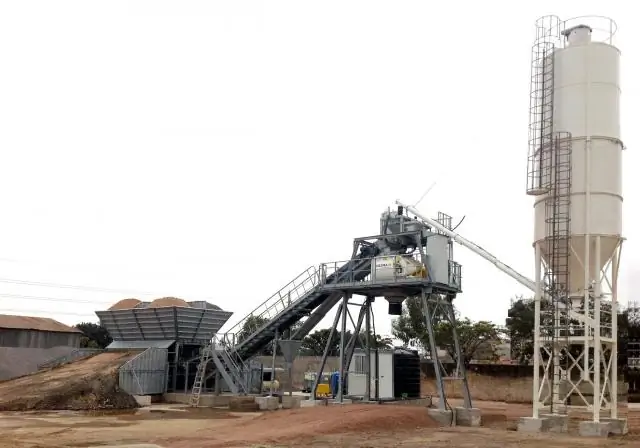- Author Rachel Wainwright [email protected].
- Public 2023-12-15 07:39.
- Last modified 2025-11-02 20:14.
Asphyxia
Asphyxia (asphyxia; Greek a- - negative part + sphyxis - pulsation, pulse; synonym: suffocation) is a pathological condition caused by hypoxia and hypercapnia, occurring acutely or subacutely; manifests itself in severe disorders of blood circulation, breathing, and the work of the nervous system.
The following types of asphyxia are distinguished:
- Mechanical - due to a mechanical obstacle to breathing (compression of the neck, abdomen and chest, obstruction of the airways and openings);
- Newborn (neonatorum) - observed in newborns in the absence of breathing and the presence of cardiac activity or with individual irregular respiratory movements;
- White newborn (neonatorum pallida) - severe form of newborn asphyxia; characterized by deathly pallor of the skin, muscle hypotonia, lack of reflexes, muffled heart sounds and severe bradycardia;
- Newborn secondary (neonatorum secundaria) - develops soon after birth;
- Intranatal newborn (neonatorum intranatalis) - begins at the time of delivery;
- Newborn blue (neonatorum livida) - a mild form of newborn asphyxia; characterized by bradycardia, cyanosis of the skin, decreased tendon reflexes while maintaining the pharyngeal and corneal reflexes, and muscle tone;
- Fetus (fetus; synonyms: intrauterine asphyxia, fetal hypoxia) - occurs in the fetus as a result of chronic or acute disorders of the umbilical cord, or uteroplacental circulation, or due to asphyxiation of a pregnant woman;
- Fetus chronic (fetus chronica) - slowly developing fetal asphyxia associated with changes in the placenta, for example, against the background of toxicosis, prolonged pregnancy, Rh incompatibility, diabetes mellitus in a pregnant woman;
- Traumatic (traumatica) - a syndrome that looks like an outwardly picture of asphyxia, caused by compression of the abdomen, chest or the whole body (for example, by a car wheel, soil during a collapse); characterized by multiple hemorrhages in parts of the body located above the compression and extensive venous stasis.
Found a mistake in the text? Select it and press Ctrl + Enter.






